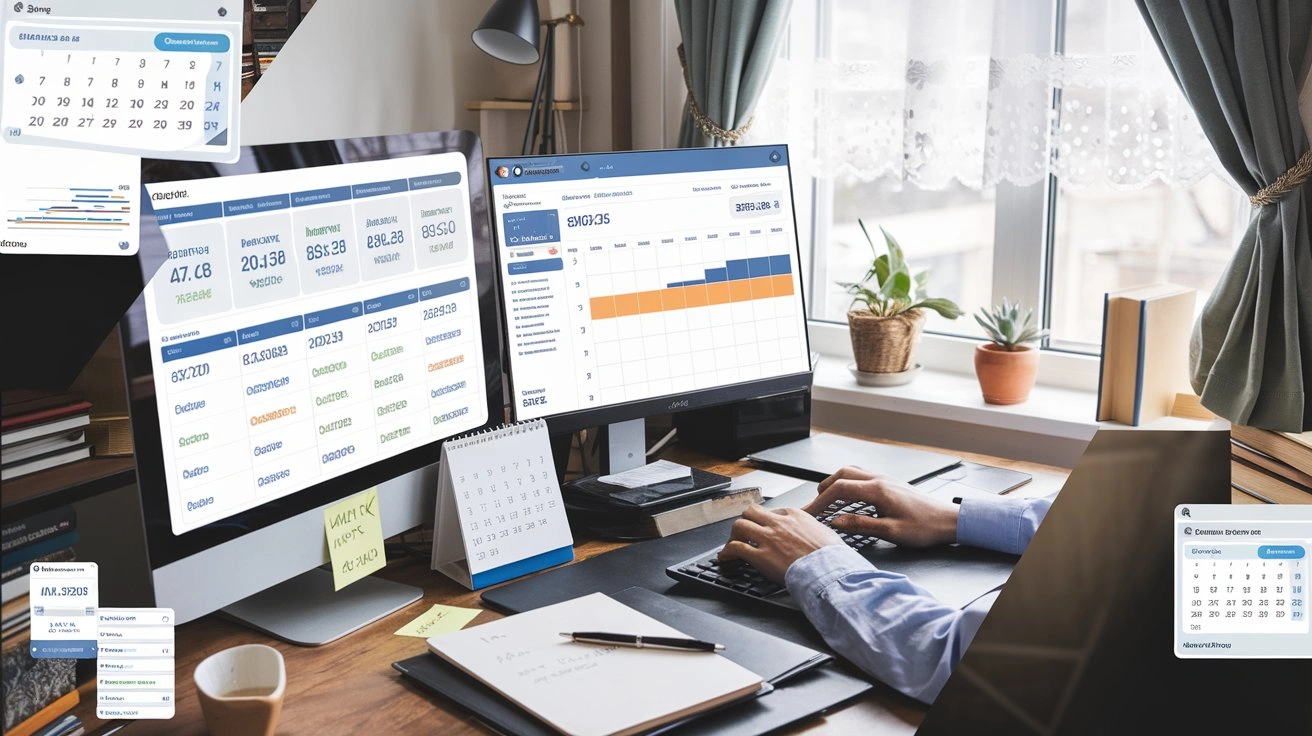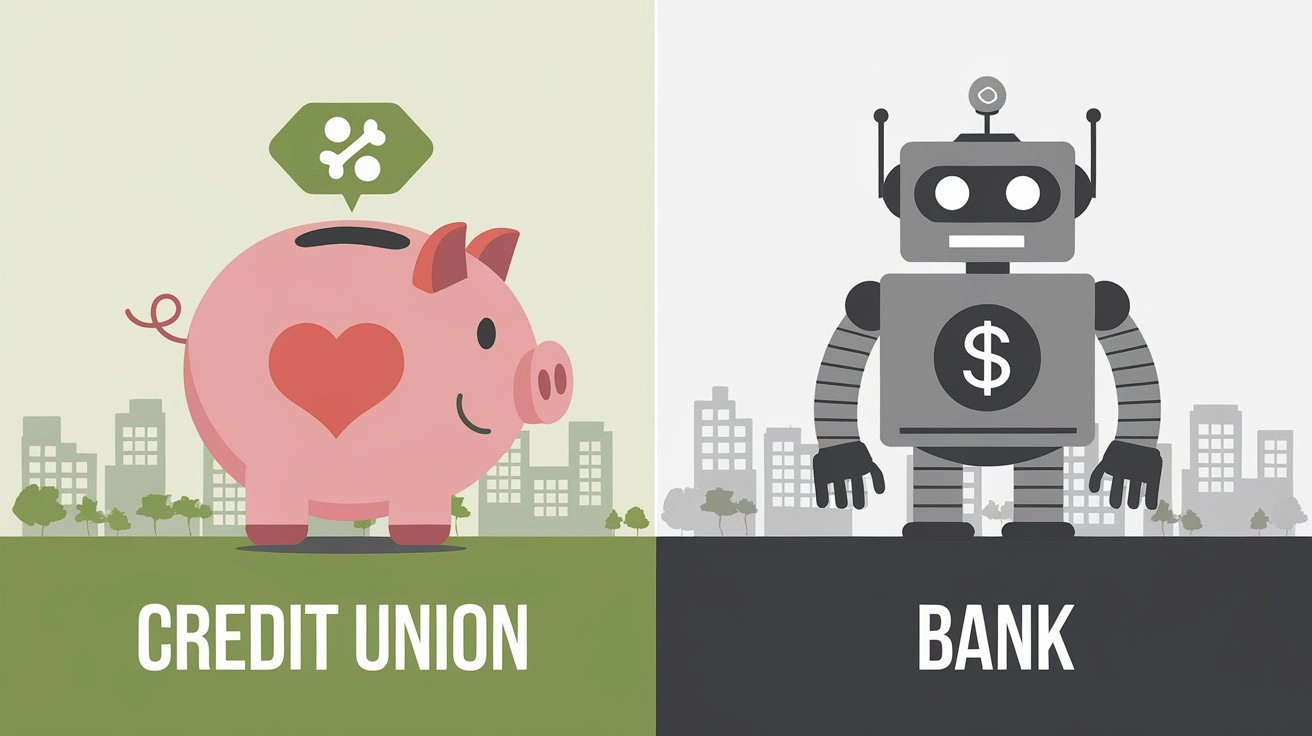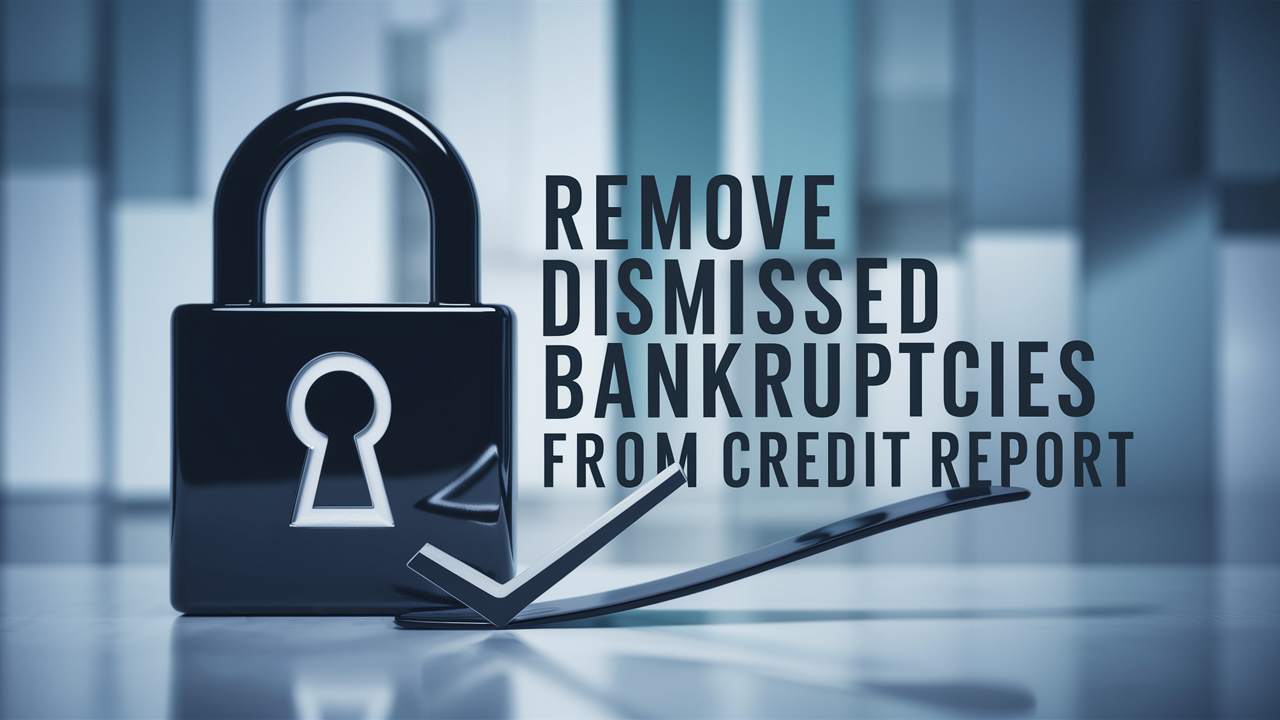How Can I Get Something Off My Credit Report?
Introduction A Credit report is an essential aspect of the credit management system in your financial life. It is employed by lenders, landlords, and insurance companies, and there are certain employers also to know whether they will extend their credit, house rent, insurance policies, or employment to you or not. However, this information should be up to date, and thus, the information provided in the credit report should be accurate. If you notice that there is some information that should not be there, for example, there is an account that belongs to another person, or there is information about you that is wrong, there is an account that you paid off but it is still shown as unpaid and so on, you have all the rights to dispute the entries and ask for their removal. Here, we give a comprehensive guide on how to follow in case you want to dispute and or get invalid or outdated information removed from your credit report.
The other thing you can do is go and get a copy of your credit report. The first one involves acquiring credit report copies from all of the three major credit reporting agencies that exist in the United States including Experian, TransUnion, and Equifax. Consumers are also entitled to a free copy of their report from each of the agencies once every month through the AnnualCreditReportcom website, which is the only site accredited by the government. Do not only rely on reports from one bureau since one may contain some negative marks or inaccurate data that you want to be cleared while the other does not.
Check Your Credit Reports for Mistakes The next step is to analyze all three credit reports and this should involve analyzing all the details in the reports and identifying those that are suspicious, missing, incorrect, or outdated. Common examples of incorrect information include: Other common errors include: showing that you still have open accounts that were closed, reporting balances in the wrong amount, accounts that never existed in your credit report, incorrect personal details such as addresses or employment details, negative information for debts that were paid or discharged through bankruptcy, and so on. Don’t forget to document all the items you are disputing with notes, and highlight or underline all the items, as you will be required to write a letter to them.
Dispute the Information For every piece of false data found, look at the dispute process as stated in your credit report and send your dispute to each bureau that has reported the item in question. A majority will allow you to file the complaint either through the Internet or by post. When filing your dispute, provide a detailed explanation of why the information is inaccurate along with copies of any supporting documentation that will back up your claims, like documents that illustrate that you have or have not paid off balances, records that can prove that the account is no longer active and should not be included, there is evidence of fraud or identity theft, etc. The more detailed you are when you describe the nature of your dispute, the better your chances are. It may take one or more than one round of dispute to get the favorable result that one is looking for.
Provide Relevant Supporting Documents Present copies of documents or proofs that support your protest and are relevant to the explanation given at the bottom of the protest letter. For example, if you are contesting collection accounts that have not been paid yet but are eligible for removal because of their age, you would need to submit a copy of something like an account opening or last payment date to show it meets the credit reporting time limitations. If you are contesting the fraudulent accounts, then copies of police reports or ID theft affidavits should be attached. When disputing information with the bureaus, the more supporting documents that are as related as possible to the disputes, the quicker and easier it may be resolved.
Closely monitor the progress of the plan by checking the status of each step and follow up on any action taken. After the initial rounds of dispute, continue to monitor the issues with the credit burettes by trying to contact them in person or in writing every thirty to forty-five days. If this is the case, try to find out whether they have opened an inquiry based on the details provided and if they have reached a decision or not yet. If you can get new documents that support your arguments, provide additional information to the company as often as possible. Also, ensure you check for notifications that the bureaus send as to whether they conduct investigations on the disputes you have raised and whether they make changes to your report. Sometimes, it can take time with dedication spanning months to engage the bureaus and have them validate and correct the errors. For this reason, ensure you remain alert and responsive at all times.
Try Out Other Solutions to the Prolonged Problems If even after several rounds of disputes, providing strong supporting documentation, and following up continually with the bureaus, you still cannot get an inaccurate account or incorrect information removed from your credit report, you do have additional resolution options depending on the nature of the dispute: If even after several rounds of disputes, providing strong supporting documentation, and following up continually with the bureaus, you still cannot get an inaccurate account or incorrect information removed from your credit report, you do have additional resolution options depending on the nature of the dispute:
- Communicate with the company supplying data directly – There could be a situation where the actual problem lies with the business that is supplying incorrect data, and thus getting in touch with the company may help in rectifying the issue before the entire process of dispute with the credit bureau has to be restarted.
- For errors that do not disappear even after being alert and responsive in disputing the errors, you can formally report the violation of law with agencies such as the CFPB or the State Attorney General. They may then embark on investigations of self-referral of improper or illegal credit reporting by bureaus and furnishers.
- Legal redressal in the court - In some specific cases where the information provided is demonstrably false, inaccurate, or unverified in some way, the affected consumer may require the assistance of consumer protection lawyers and approach the court under the legal rights provided by the consumer credit reporting statutes like FCRA or FCBA against the credit bureaus. Legal actions, such as litigation or agreeing to a settlement, can force the deletion of information.
Conclusion However, with perseverance and without learning the right ways of correcting credit report mistakes, it is very much feasible to challenge and remove unauthorized negative entries from credit history and reports. It is important to follow up and then continue doing so until you can offer proper evidence to support your complaints, and further escalate the problem when necessary until faulty reporting is rectified for you.
Ready to boost your credit score? Call +1 888-804-0104 now for the best credit repair services near you! Our expert team is here to help you achieve financial freedom and improve your credit. Don't wait—get started today!



